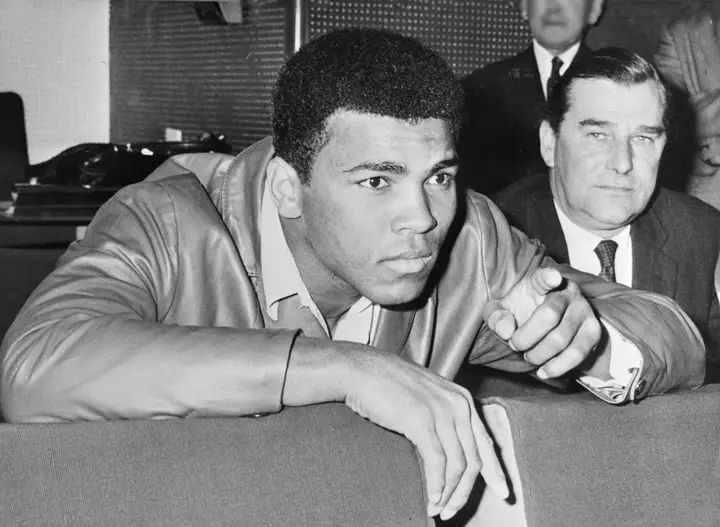The annals of boxing history are graced by countless memorable matches, yet few resonate with the sheer cultural impact of Muhammad Ali’s unforgettable showdown with George Foreman on October 30, 1974. The Rumble in the Jungle stands as an iconic event not solely for its dramatic athleticism but also for the myriad stories and legacies it has spawned. As we reflect on this monumental battle a half-century later, the reverberations of that night in Kinshasa, Zaire, continue to echo through the boxing community and beyond, captivating generations both young and old.
Ali entered the match as an underdog, defying ageist perceptions held in the boxing world during the 1970s. At 32 years old, Ali was perceived as past his prime, especially when squared off against the seemingly invincible Foreman, who carried an impressive record of 40 wins—37 by knockout. Analysts and fans alike were rife with skepticism regarding Ali’s chances, intensely aware of Foreman’s physical prowess and knockout capabilities. The specter of Ali’s previous defeats at the hands of Joe Frazier and Ken Norton contributed to an aura of grim inevitability surrounding the fight, leading many to all but write off the legendary fighter.
Against this backdrop of doubt, Ali launched a tactical masterpiece that would later be celebrated as a stroke of boxing genius. Ali’s strategy involved taking advantage of Foreman’s own ferocity, allowing the powerful heavy-hitter to expend his energy through a relentless barrage of blows. Instead of engaging in a traditional bout of fisticuffs, Ali employed a rope-a-dope strategy, leaning against the ropes, absorbing punches while conserving his own strength. This approach, initially met with concern from his team, proved remarkably effective.
Foreman, anticipating a swift victory, failed to regulate his stamina as the rounds dragged on. The relentless energy he siphoned into futile attempts to bring Ali down resulted in a waning force, rendering Foreman vulnerable. By round eight, Ali seized the moment when exhaustion dulled Foreman’s fists, landing a series of powerful punches that ultimately sealed the fight in his favor—an ending that stunned spectators and changed the course of boxing history.
Even residual narratives and myths surrounding the fight continue to proliferate today. Prominent among these is the myth of the “loosened ropes,” a story likely magnified in the minds of fans and perpetuated by media retellings. In truth, the conditions leading up to the fight were marked by factors beyond anyone’s control, such as the extreme heat of Zaire, which contributed to unexpected challenges for both fighters and their teams. Angelo Dundee, Ali’s trusted trainer, shared insights on the reality behind the ropes, recounting attempts to tighten the setup only to be thwarted by sweltering temperatures as fight time drew near.
Dundee’s dedication to Ali’s success, encapsulated by his proactive approach on fight night, reflected a depth of understanding that transcended the confines of the ring. His unwavering belief in Ali speaks volumes about the triumph of determination and skill over seemingly insurmountable odds. It was not merely a matter of physicality but rather a spotlight on the cerebral aspects of boxing—a sport where strategy can frequently overshadow brute force.
As we traverse the 50-year mark since this historic event, the Ali vs. Foreman fight remains not only a sports milestone but also a symbol of resilience and hope. It marked a turning point for Ali, demonstrating that not only could he triumph against a seemingly invincible opponent, but also that he could redefine perceptions of age, skill, and strategy within the sport. Furthermore, it galvanized a generation of athletes and non-athletes alike, presenting an irrefutable narrative of how courage and ingenuity can overcome adversities.
The emotional and cultural layers attached to the Rumble in the Jungle will forever captivate those who hear its tale. As remembrances continue to unfold, they remind us of the power of storytelling in sports history. Certainly, within the narratives woven around Ali and Foreman, we find reflections of not just their talents but also our own human experiences, timelessly portrayed within the ropes of the boxing ring. The epic clash will forever remain a monument to the grandeur of sports—a narrative still unfolding with every passing year.

